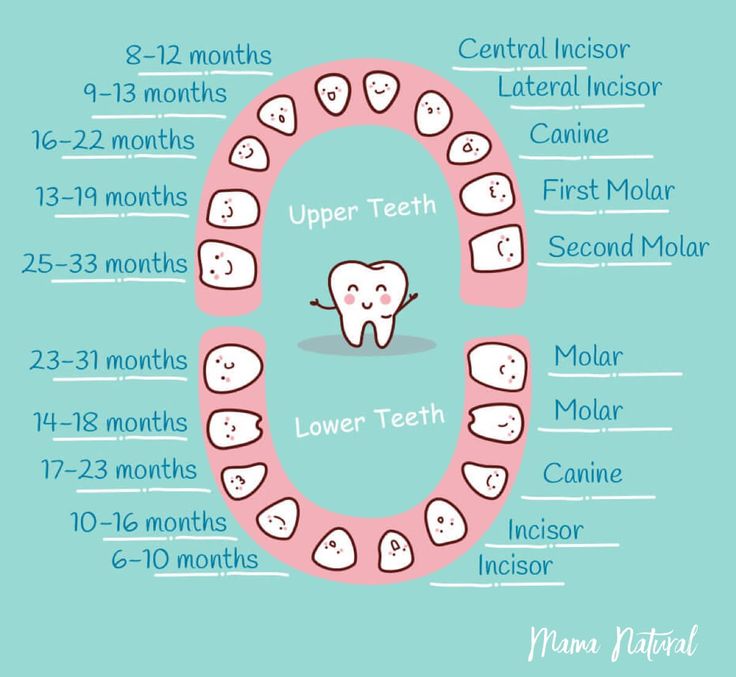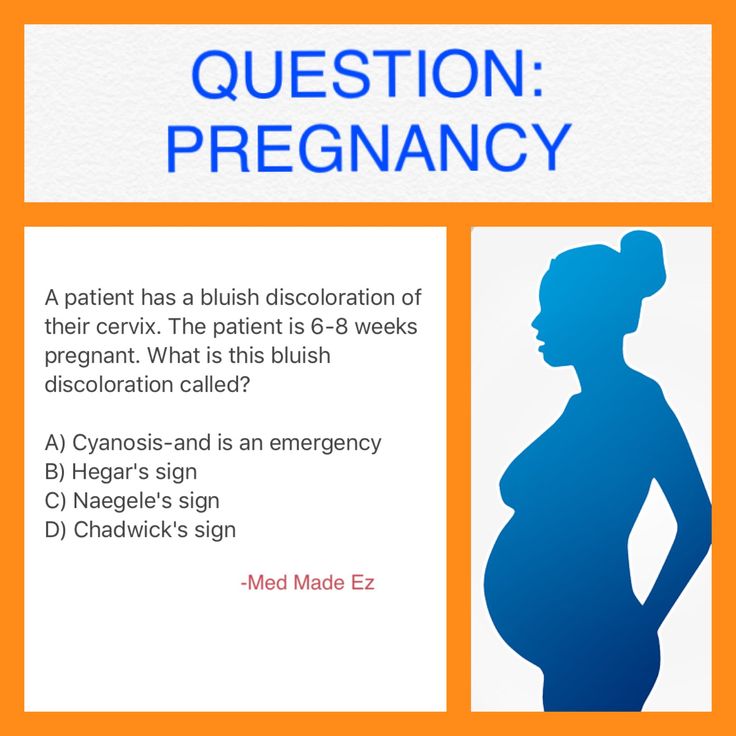Pregnancy hormone symptoms
What to expect in the 2-week wait
For couples trying to get pregnant, the days following ovulation mark the infamously difficult 2-week wait.
However, knowing what is happening in the body, as well as the typical pregnancy symptoms that occur on different days past ovulation (DPO), can make the wait a little easier.
Many women wonder if every twinge and ache could be a sign of pregnancy. However, the early symptoms of pregnancy are often similar to the symptoms of an impending period. Some, like muscle aches and pains, are also a part of everyday life.
It is not possible to know for sure if a woman is pregnant until a pregnancy test confirms it. Also, pregnancy symptoms, and when they occur, vary significantly between individuals.
In this article, we look at what is happening in the body around the time of ovulation, and what early signs women might notice in the early DPO.
Share on PinterestEarly pregnancy symptoms can be similar to PMS symptoms.While some women experience many early pregnancy symptoms, others experience few or no symptoms at all.
Also, early pregnancy symptoms can be very similar to the symptoms experienced around the time of ovulation, during PMS, and by those taking fertility medications.
This is why DPO symptoms are not a reliable measure of whether or not a woman has become pregnant. Women should talk with a doctor about their specific symptoms.
Days 0–7 past ovulation
Ovulation is the moment an ovary releases an egg.
As soon as an ovary releases an egg, the luteal phase of the menstrual cycle begins. The luteal phase ends with a menstrual period unless pregnancy occurs.
Women will not experience any pregnancy symptoms during the earliest part of the luteal phase. This is because pregnancy does not occur until the fertilized egg implants into the wall of the uterus.
During the luteal phase, the body produces more progesterone, which is a hormone that helps sustain an early pregnancy. The levels of progesterone peak at 6–8 days after ovulation, even when a woman does not become pregnant.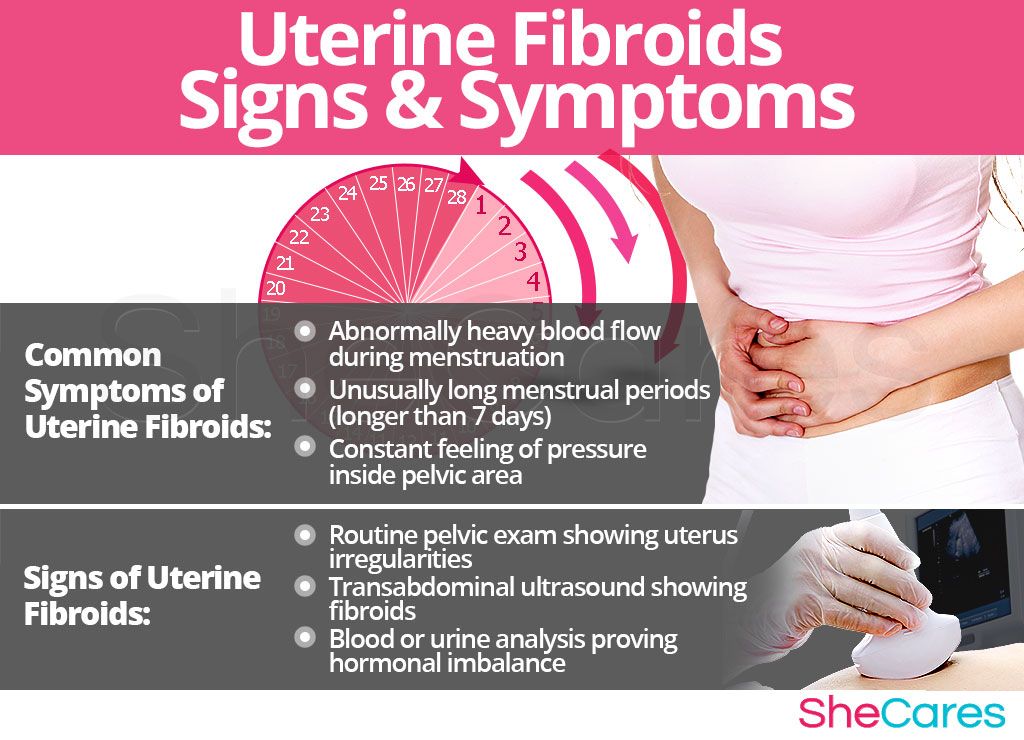
Progesterone levels can affect a woman’s mood and body — this means that after a week or so, they may experience similar symptoms in early pregnancy as they do before a period.
When a fertilized egg reaches the uterus, it implants itself into the wall of the uterus. This is called implantation and marks the start of pregnancy. Implantation typically happens 6–12 days after fertilization.
This is the time when women may begin to experience pregnancy symptoms, including:
- breast tenderness
- bloating
- food cravings
- increased nipple sensitivity
- headaches and muscle aches
However, these symptoms may also occur in those who are not pregnant. This is because of the increased levels of progesterone that are present during the last stages of the menstrual cycle.
Days 7–10 past ovulation
When the fertilized egg implants itself in the uterus, around one-third of women will notice light bleeding or spotting, which is called implantation bleeding.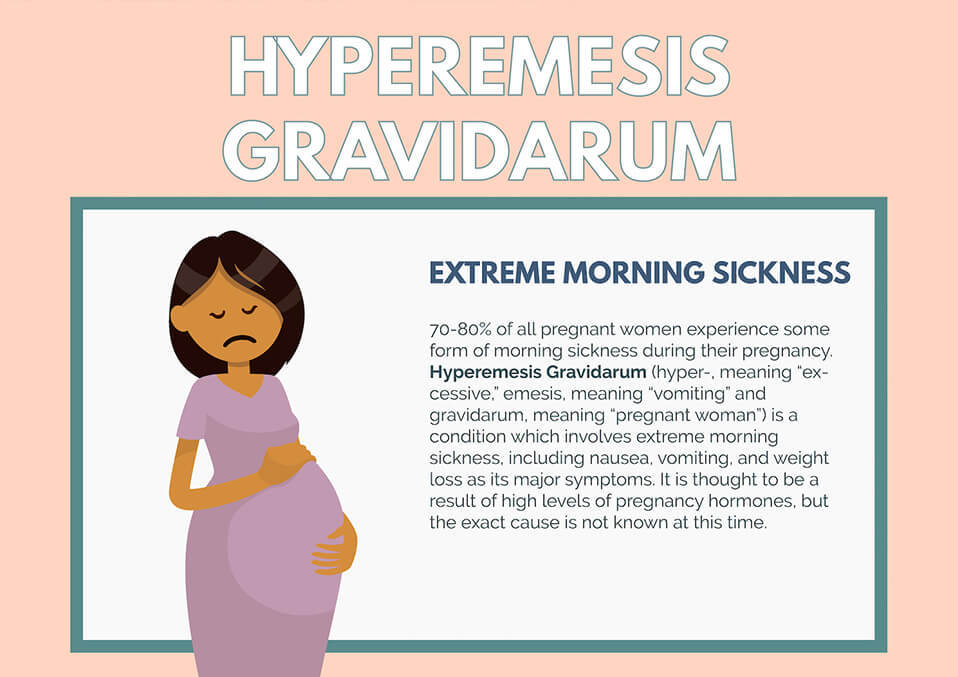
This spotting typically lasts only a day or two and is very light in flow. Implantation bleeding is one of the earliest signs of pregnancy since it happens around the time the woman becomes pregnant.
However, even when a woman notices bleeding around the time of implantation, they may still not get a positive pregnancy test. They may have a very early miscarriage called a chemical pregnancy, or the bleeding might be due to something else.
At implantation, the body begins producing a pregnancy hormone called human chorionic gonadotropin (hCG). Known as the pregnancy hormone, hCG — along with progesterone and estrogen — is responsible for early pregnancy symptoms. It is also the hormone that pregnancy tests identify.
However, it can take several days for hCG to reach to a detectable level, so pregnancy tests may not pick up the hormone, and symptoms may not develop immediately.
Days 11–14 past ovulation
A few days after implantation, hCG levels may be high enough to cause early pregnancy symptoms.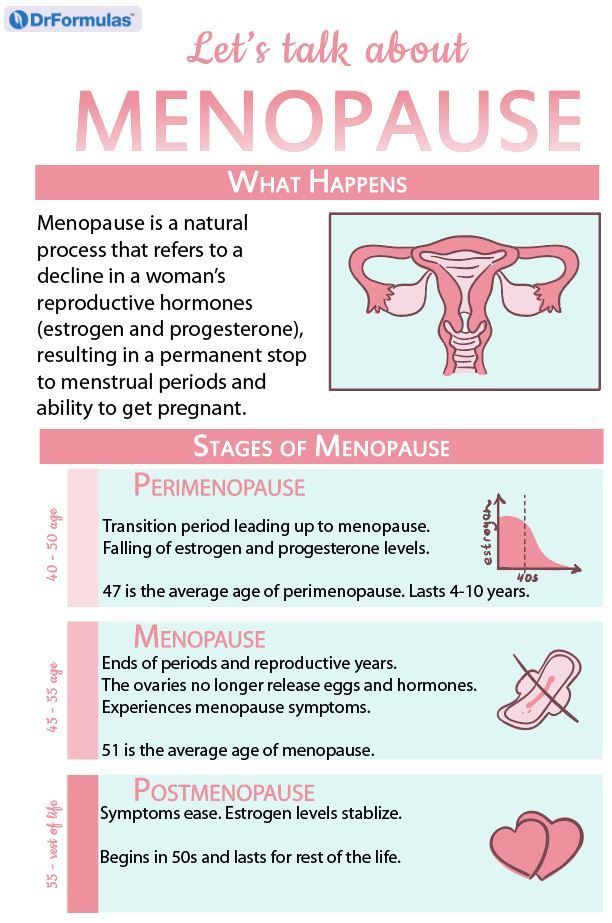 However, this is also the phase of the menstrual cycle when a woman is most likely to experience symptoms that mean they are about to get their period.
However, this is also the phase of the menstrual cycle when a woman is most likely to experience symptoms that mean they are about to get their period.
Women who are aware of how their body behaves each month might be better able to identify whether their symptoms are due to pregnancy or regular menstruation.
Some other symptoms of early pregnancy include:
- darkening in the color of the nipples
- fatigue
- food cravings or increased hunger
- increased need to use the bathroom
- gastrointestinal changes, such as cramping or diarrhea
By the time a woman has experienced several early pregnancy symptoms, it is possible that the hCG levels are high enough that a pregnancy test can indicate a pregnancy. However, hCG levels vary, so this is not always the case.
Share on PinterestNausea is a common symptom of early pregnancy.
As pregnancy progresses and hCG levels rise even more, many women begin experiencing more symptoms.
Some of the most common include:
- dizziness or lightheadedness due to hormonal shifts and changes in the blood pressure and heart rate
- nausea, especially when hungry
- vomiting
- strong aversions to certain foods or smells
- changes in the sense of smell
- fatigue
- bloating and water retention
Whether a woman is trying to get pregnant or trying to avoid a pregnancy, the 2-week wait can be frustrating.
Some women track their ovulation by looking out for physical symptoms or using ovulation tests. It is important to note that the only way to detect ovulation is through medical testing.
However, home ovulation tests can be misleading, particularly if a woman has a condition that affects ovulation.
No symptom alone can confirm early pregnancy, and many women experience no early pregnancy symptoms at all. The only way to establish a pregnancy is by taking a pregnancy test.
How Your Body Changes During Pregnancy: Hormones, Breasts & More
Overview
Pregnancy brings a variety of changes to the body. They can range from common and expected changes, such as swelling and fluid retention, to less familiar ones such as vision changes. Read on to learn more about them.
Hormonal changes during pregnancy
The hormonal and physiological changes that come with pregnancy are unique.
Pregnant women experience sudden and dramatic increases in estrogen and progesterone.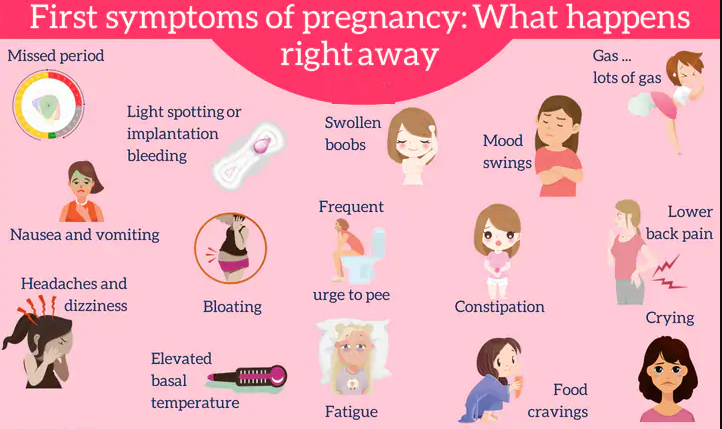 They also experience changes in the amount and function of a number of other hormones. These changes don’t just affect mood. They can also:
They also experience changes in the amount and function of a number of other hormones. These changes don’t just affect mood. They can also:
- create the “glow” of pregnancy
- significantly aid in the development of the fetus
- alter the physical impact of exercise and physical activity on the body
Estrogen and progesterone changes
Estrogen and progesterone are the chief pregnancy hormones. A woman will produce more estrogen during one pregnancy than throughout her entire life when not pregnant. The increase in estrogen during pregnancy enables the uterus and placenta to:
- improve vascularization (the formation of blood vessels)
- transfer nutrients
- support the developing baby
In addition, estrogen is thought to play an important role in helping the fetus develop and mature.
Estrogen levels increase steadily during pregnancy and reach their peak in the third trimester. The rapid increase in estrogen levels during the first trimester may cause some of the nausea associated with pregnancy.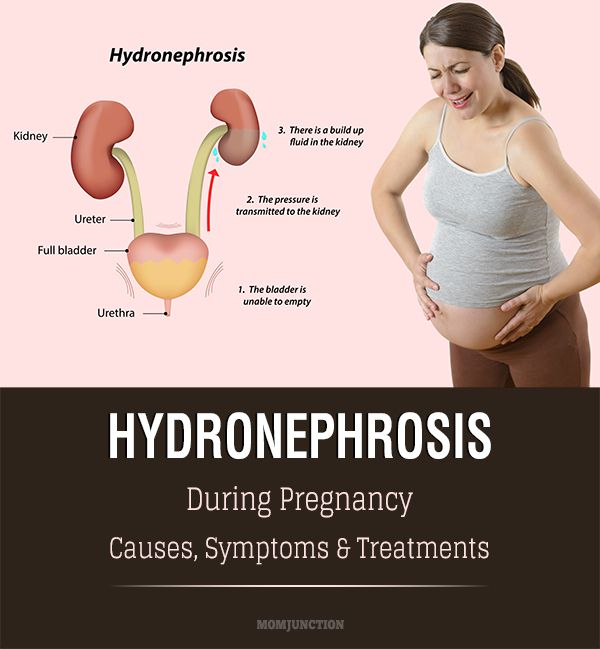 During the second trimester, it plays a major role in the milk duct development that enlarges the breasts.
During the second trimester, it plays a major role in the milk duct development that enlarges the breasts.
Progesterone levels also are extraordinarily high during pregnancy. The changes in progesterone cause a laxity or loosening of ligaments and joints throughout the body. In addition, high levels of progesterone cause internal structures to increase in size, such as the ureters. The ureters connect the kidneys with the maternal bladder. Progesterone is also important for transforming the uterus from the size of a small pear — in its non-pregnant state — to a uterus that can accommodate a full-term baby.
Pregnancy hormones and exercise injuries
While these hormones are absolutely critical for a successful pregnancy, they also can make exercise more difficult. Because the ligaments are looser, pregnant women may be at greater risk for sprains and strains of the ankle or knee. However, no studies have documented an increased rate in injury during pregnancy.
A pregnant woman’s entire posture changes.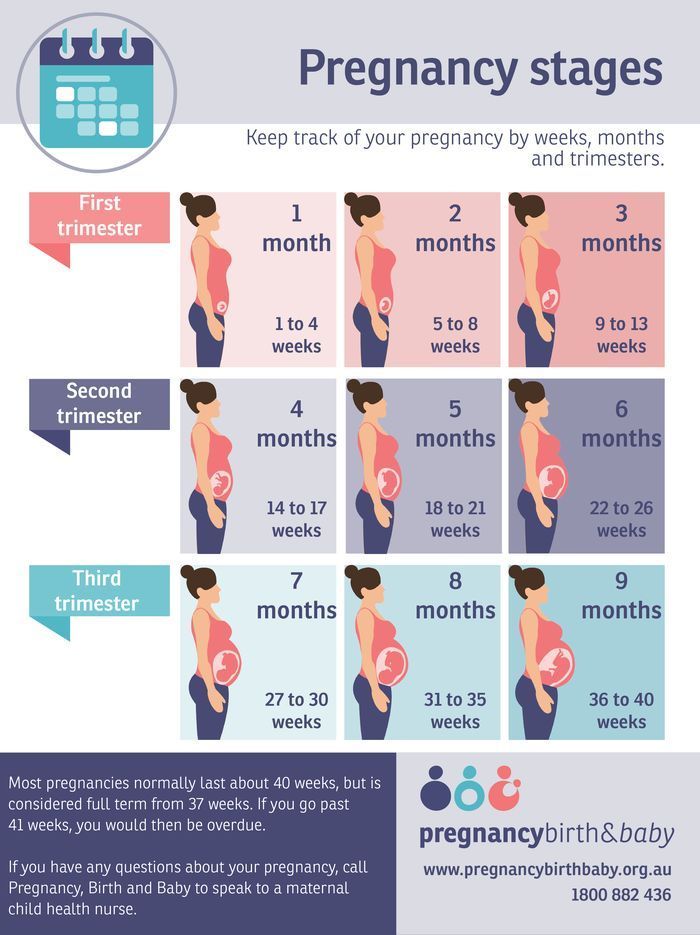 Her breasts are larger. Her abdomen transforms from flat or concave to very convex, increasing the curvature of her back. The combined effect shifts the center of gravity forward and may lead to changes in her sense of balance.
Her breasts are larger. Her abdomen transforms from flat or concave to very convex, increasing the curvature of her back. The combined effect shifts the center of gravity forward and may lead to changes in her sense of balance.
Weight gain, fluid retention, and physical activity
Weight gain in pregnant women increases the workload on the body from any physical activity. This additional weight and gravity slow down the circulation of blood and bodily fluids, particularly in the lower limbs. As a result, pregnant women retain fluids and experience swelling of the face and limbs. This water weight adds another limitation on exercise. Learn about natural treatments for swollen hands.
Many women begin to notice slight swelling during the second trimester. It often continues into the third trimester. This increase in fluid retention is responsible for a significant amount of weight gain women experience during pregnancy. Tips for easing swelling include:
- rest
- avoid long periods of standing
- avoid caffeine and sodium
- increase dietary potassium
Weight gain is usually the primary reason that the body can’t tolerate prepregnancy levels of exercise. This even applies to the seasoned, elite, or professional athlete. Round ligament strain, increased size of the uterus, and pelvic instability from laxity of the ligaments may lead to increased discomfort during exercise.
This even applies to the seasoned, elite, or professional athlete. Round ligament strain, increased size of the uterus, and pelvic instability from laxity of the ligaments may lead to increased discomfort during exercise.
Tip: For fun, take a photograph of yourself from the side profile early in your pregnancy, using your best posture. Take another photo near your due date and compare these side profiles. The changes are remarkable, aren’t they?
Sensory changes
Pregnancy can dramatically alter how a woman experiences the world through sight, taste, and smell.
Vision changes
Some women experience vision changes during pregnancy, characterized by increased nearsightedness. Researchers don’t know the precise biological mechanisms behind changes in vision. Most women return to prepregnancy vision after giving birth.
Common changes during pregnancy include blurriness and discomfort with contact lenses. Pregnant women often experience an increase in intraocular pressure.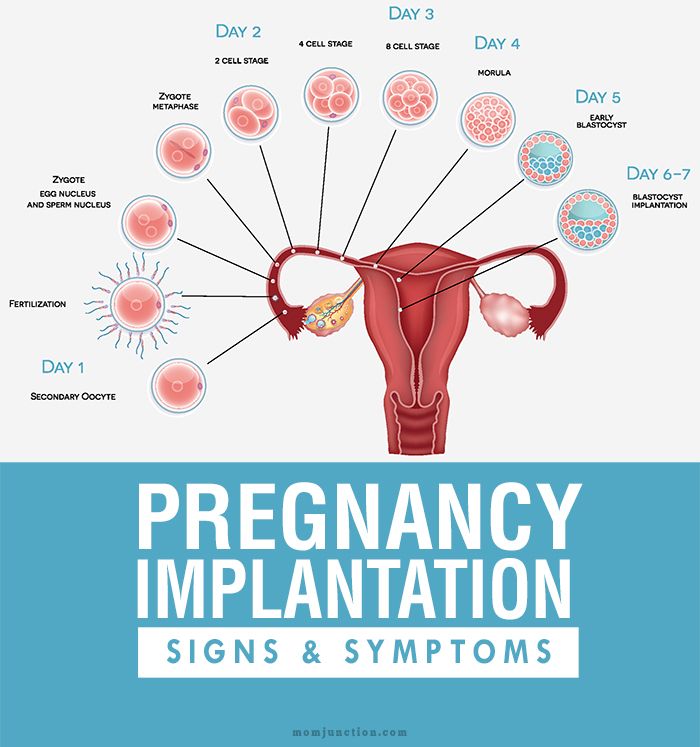 Women with preeclampsia or gestational diabetes may be at an elevated risk of rare eye problems, such as retinal detachment or vision loss.
Women with preeclampsia or gestational diabetes may be at an elevated risk of rare eye problems, such as retinal detachment or vision loss.
Taste and smell changes
Most women experience changes in their sense of taste during pregnancy. They typically prefer saltier foods and sweeter foods than non-pregnant women. They also have a higher threshold for strong sour, salty, and sweet tastes. Dysgeusia, a decrease in the ability to taste, is most commonly experienced during the first trimester of pregnancy.
Certain taste preferences may vary by trimester. Although many women experience a dulled sense of taste for a short period of time postpartum, they typically regain full taste capability after pregnancy. Some women also experience a metallic taste in the mouth during pregnancy. This can aggravate nausea and may indicate a nutrient imbalance. Learn more about impaired taste.
At times, pregnant women also report changes in their sense of smell. Many describe a heightened awareness and sensitivity to a variety of odors.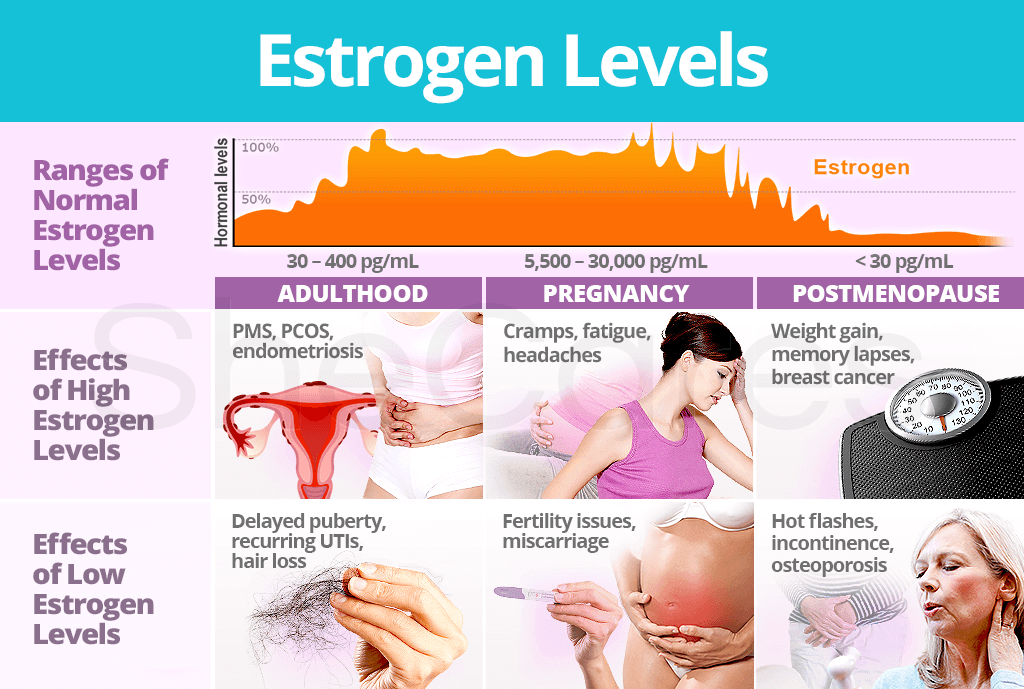 There’s little consistent and reliable data indicating that pregnant women actually notice and identify certain odors and intensity of odors more than their non-pregnant counterparts. Nevertheless, the vast majority of pregnant women report a perceived increase in their own sensitivity to odors.
There’s little consistent and reliable data indicating that pregnant women actually notice and identify certain odors and intensity of odors more than their non-pregnant counterparts. Nevertheless, the vast majority of pregnant women report a perceived increase in their own sensitivity to odors.
Breast and cervical changes
Hormonal changes, which begin in the first trimester, will lead to many physiological changes throughout the body. These changes help prepare the mother’s body for pregnancy, childbirth, and breastfeeding.
Breast changes
Pregnant women’s breasts often undergo a series of significant changes during pregnancy as their bodies prepare to supply milk to the newborn baby. Pregnancy hormones that affect skin pigmentation often darken the areola. As the breasts grow, pregnant women may experience tenderness or sensitivity and notice that the veins are darker and the nipples protrude more than before pregnancy. Some women may develop stretch marks on the breasts, particularly if they undergo rapid growth.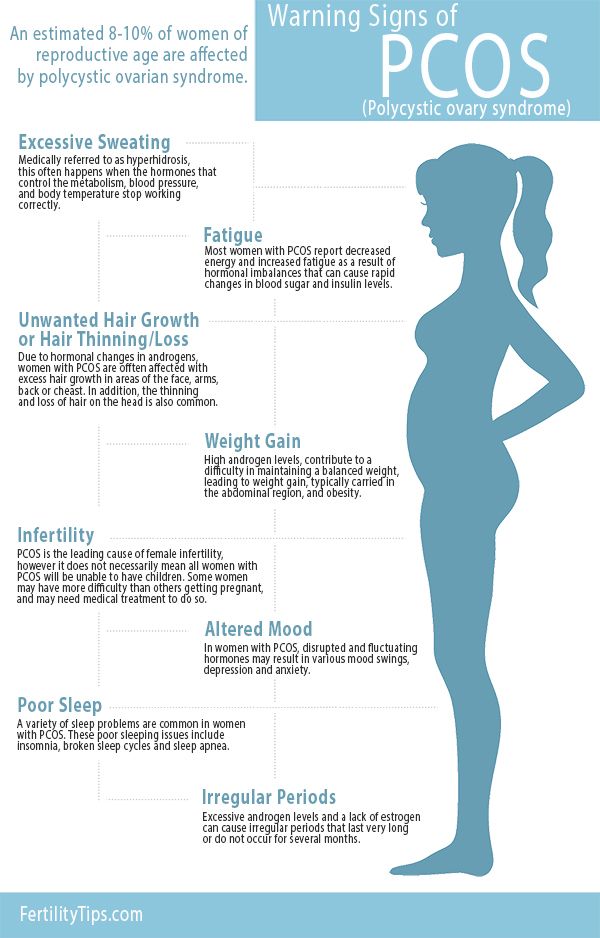 Many women will also notice an increase in the size of the nipple and areola.
Many women will also notice an increase in the size of the nipple and areola.
Small bumps on the areolas often appear. Most women will begin producing, and even “leaking,” small amounts of a thick, yellowish substance during the second trimester. This substance is also known as colostrum. In addition to producing the colostrum for the baby’s first feeding, milk ducts in the breasts expand in preparation for producing and storing milk. Some women may notice small lumps in the breast tissue, which can be caused by blocked milk ducts. If the lumps don’t disappear after a few days of massaging the breast and warming it with water or a washcloth, a doctor should examine the lump at the next prenatal visit.
Cervical changes
The cervix, or the entry to the uterus, undergoes physical changes during pregnancy and labor. In many women, the tissue of the cervix thickens and becomes firm and glandular. Up to a few weeks before giving birth, the cervix may soften and dilate slightly from the pressure of the growing baby.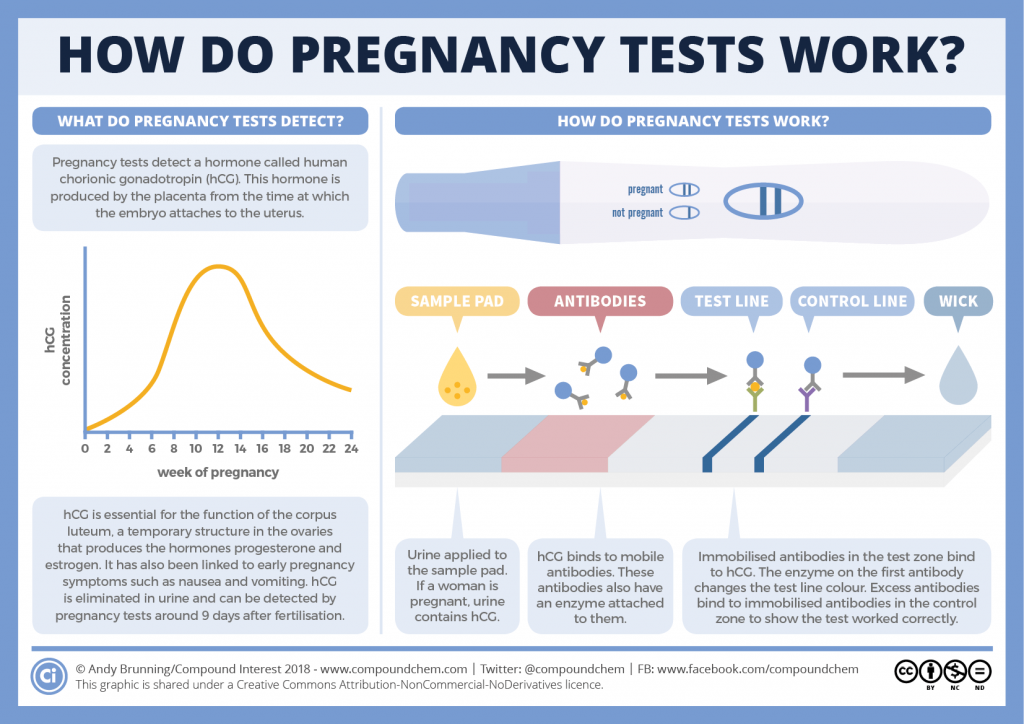
In early pregnancy, the cervix produces a thick mucus plug to seal off the uterus. The plug is often expelled in late pregnancy or during delivery. This is also called bloody show. Mucous streaked with a small amount of blood is common as the uterus prepares for labor. Prior to delivery, the cervix dilates significantly, softens, and thins, allowing the baby to pass through the birth canal. Learn more about the stages of labor and how they affect the cervix.
Changes in the hair, skin, and nails
Many women will experience changes in the physical appearance of their skin during pregnancy. Although most are temporary, some — such as stretch marks — can result in permanent changes. In addition, women who experience some of these skin changes during pregnancy are more likely to experience them again in future pregnancies or even while taking hormonal contraceptives.
Hair and nail changes
Many women experience changes in hair and nail growth during pregnancy.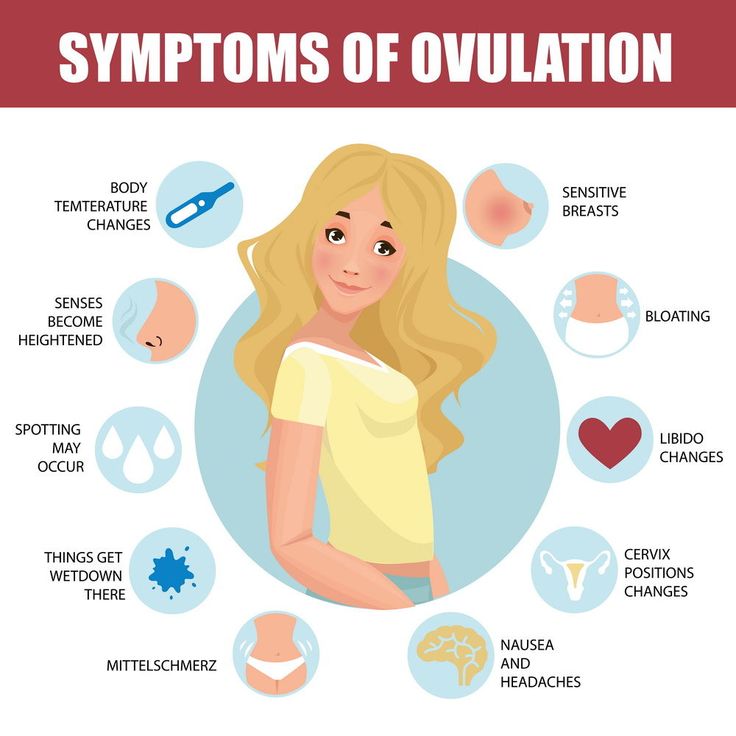 Hormone changes can sometimes cause excessive hair shedding or hair loss. This is especially true in women with a family history of female alopecia.
Hormone changes can sometimes cause excessive hair shedding or hair loss. This is especially true in women with a family history of female alopecia.
But many women experience hair growth and thickening during pregnancy and may even notice hair growth in unwanted places. Hair growth on the face, arms, legs, or back can occur. Most changes in hair growth return to normal after the baby is born. It’s common, however, for hair loss or increased shedding to occur up to a year postpartum, as hair follicles and hormone levels regulate themselves without the influence of pregnancy hormones.
Many women also experience faster nail growth during pregnancy. Eating well and taking prenatal vitamins adds to the growth hormones of pregnancy. Although some may find the change desirable, many may notice increased nail brittleness, breakage, grooves, or keratosis. Healthy dietary changes to increase nail strength can help prevent breakage without the use of chemical nail products.
“Mask” of pregnancy and hyperpigmentation
The vast majority of pregnant women experience some type of hyperpigmentation during pregnancy.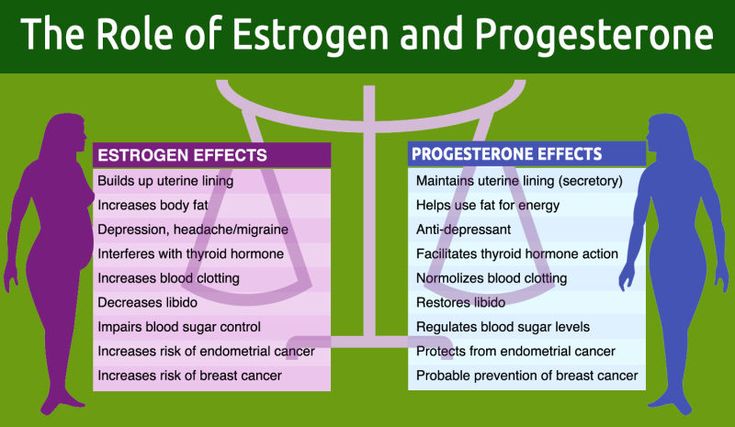 This consists of a darkening in skin tone on body parts such as the areolas, genitals, scars, and the linea alba (a dark line) down the middle of the abdomen. Hyperpigmentation can occur in women of any skin tone, although it’s more common in women with darker complexions.
This consists of a darkening in skin tone on body parts such as the areolas, genitals, scars, and the linea alba (a dark line) down the middle of the abdomen. Hyperpigmentation can occur in women of any skin tone, although it’s more common in women with darker complexions.
In addition, up to 70 percent of pregnant women experience a darkening of skin on the face. This condition is known as melasma, or the “mask” of pregnancy. It can be worsened by sun exposure and radiation, so a broad-spectrum UVA/UVB sunscreen should be used daily during pregnancy. In most cases, melasma resolves after pregnancy.
Stretch marks
Stretch marks (striae gravidarum) are perhaps the most well-known skin change of pregnancy. They’re caused by a combination of physical stretching of the skin and the effects of hormone changes on the skin’s elasticity. Up to 90 percent of women develop stretch marks by the third trimester of pregnancy, often on the breasts and abdomen. Although the pinkish-purple stretch marks may never fully disappear, they often fade to the color of surrounding skin and shrink in size postpartum.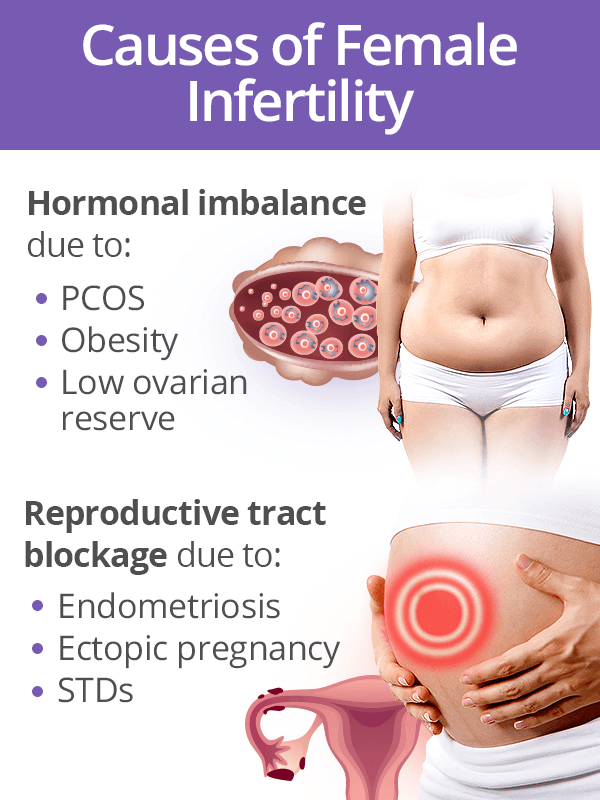 Stretch marks can itch, so do apply creams to soften and reduce the urge to scratch and possibly damage the skin.
Stretch marks can itch, so do apply creams to soften and reduce the urge to scratch and possibly damage the skin.
Mole and freckle changes
The hyperpigmentation caused by changes in hormones during pregnancy can cause changes in the color of moles and freckles. Some darkening of moles, freckles, and birthmarks can be harmless. But it’s always a good idea to see a dermatologist or physician about changes in size, color, or shape.
Pregnancy hormones can also cause the appearance of dark patches of skin that are often unpreventable. Although most skin pigmentation changes will fade or disappear after pregnancy, some changes in mole or freckle color may be permanent. It’s a good idea to have a skin check for potential skin cancer or pregnancy-specific skin conditions if you notice any changes.
Pregnancy-specific rashes and boils
Small percentages of women may experience skin conditions that are specific to pregnancy, such as PUPPP (pruritic urticarial papules and plaques of pregnancy) and folliculitis.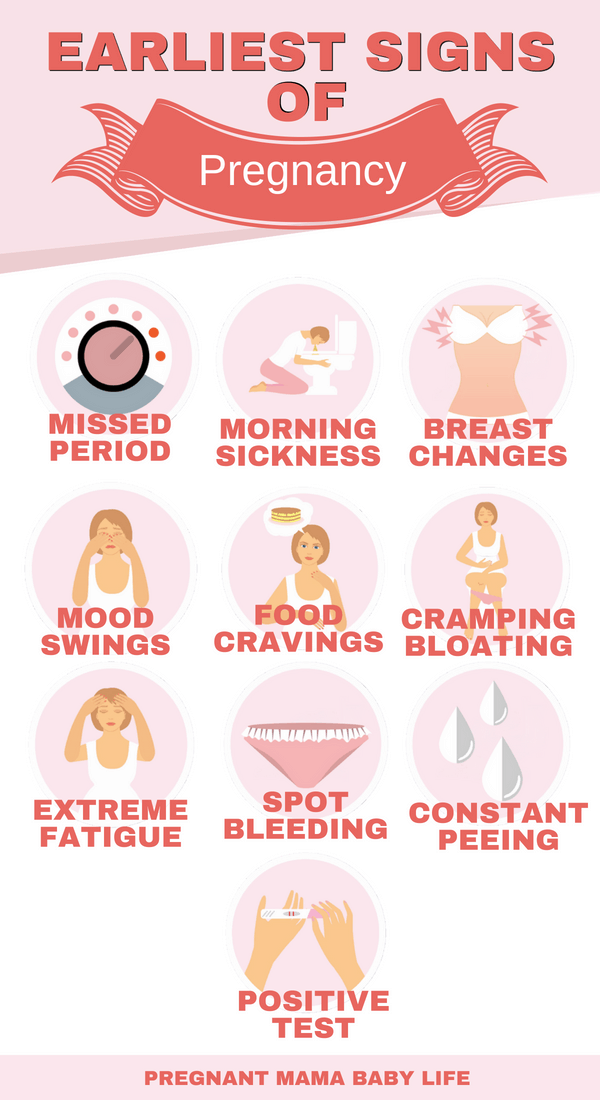 Most conditions involve pustules and red bumps along the abdomen, legs, arms, or back. Although most rashes are harmless and resolve quickly postpartum, some skin conditions may be associated with premature delivery or problems for the baby. These include intrahepatic cholestasis and pemphigoid gestationis.
Most conditions involve pustules and red bumps along the abdomen, legs, arms, or back. Although most rashes are harmless and resolve quickly postpartum, some skin conditions may be associated with premature delivery or problems for the baby. These include intrahepatic cholestasis and pemphigoid gestationis.
Circulatory system changes
The following are common during pregnancy:
- huffing and puffing while climbing stairs
- feeling dizzy after standing quickly
- experiencing changes in blood pressure
Because of rapid expansion of the blood vessels and the increased stress on the heart and lungs, pregnant women produce more blood and have to utilize more caution with exercise than non-pregnant women.
Heartbeat and blood volume during pregnancy
During the second trimester of pregnancy, the mother’s heart at rest is working 30 to 50 percent harder. Most of this increase results from a more efficiently performing heart, which ejects more blood at each beat.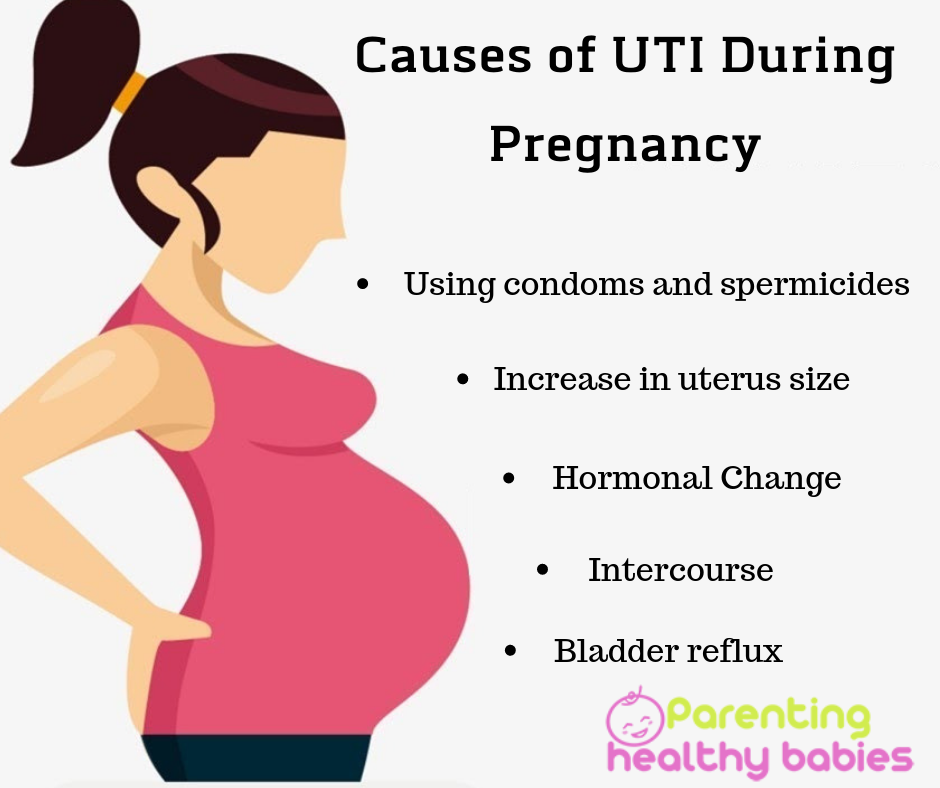 Heart rate may increase up to 15 to 20 percent during pregnancy. It’s not uncommon to approach 90 to 100 beats per minute in the third trimester. Blood volume increases progressively during pregnancy until the last month. The volume of plasma increases 40-50 percent and red blood cell mass 20-30 percent, creating a need for increased iron and folic acid intake.
Heart rate may increase up to 15 to 20 percent during pregnancy. It’s not uncommon to approach 90 to 100 beats per minute in the third trimester. Blood volume increases progressively during pregnancy until the last month. The volume of plasma increases 40-50 percent and red blood cell mass 20-30 percent, creating a need for increased iron and folic acid intake.
Blood pressure and exercise
There are two types of circulatory changes that may have an impact on exercise during pregnancy. Pregnancy hormones can suddenly affect the tone in blood vessels. A sudden loss of tone may result in the feeling of dizziness and perhaps even a brief loss of consciousness. This is because the loss of pressure sends less blood to the brain and central nervous system.
Additionally, vigorous exercise may lead to decreased blood flow to the uterus while diverting blood to muscles. However, this has not been shown to have a long-term impact on the baby. Furthermore, there’s evidence to suggest that individuals who exercise have improved blood supply to the placenta at rest.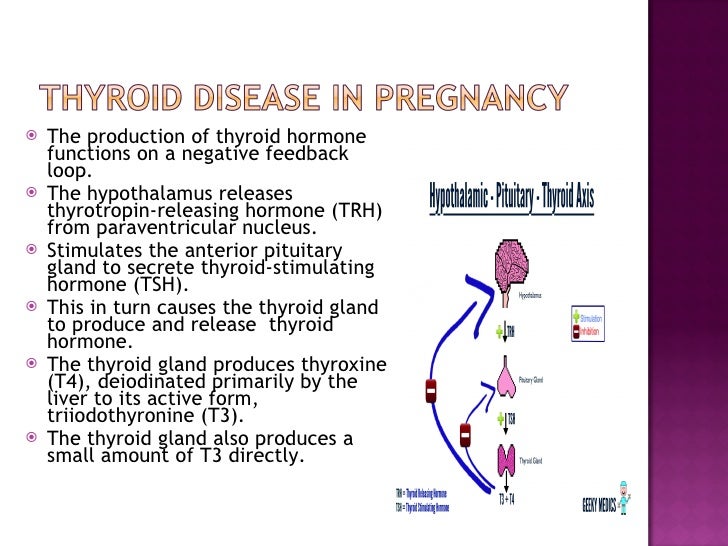 This may be beneficial to placental and fetal growth and weight gain.
This may be beneficial to placental and fetal growth and weight gain.
Dizziness and fainting
Another form of dizziness can result from lying flat on the back. This dizziness is more common after 24 weeks. However, it can happen earlier during multi-fetal pregnancies or with conditions that increase amniotic fluid.
Lying flat on the back compresses the large blood vessel leading from the lower body to the heart, also known as the vena cava. This decreases blood flow to and from the heart, leading to a sudden and dramatic decline in blood pressure. This can cause dizziness or loss of consciousness.
After the first trimester, it’s not recommended to do exercises that involve lying on the back due to the impact from blood vessel compression. Lying on the left side may help relieve dizziness and is a healthy position for sleep.
Women experiencing any of these conditions, particularly during exercise, should consult their doctor.
Respiratory and metabolic changes
Pregnant women experience increases in the amount of oxygen they transport in their blood. This is because of increased demand for blood and the dilation of blood vessels. This growth forces increases in metabolic rates during pregnancy, requiring women to up energy intake and use caution during periods of physical exertion.
This is because of increased demand for blood and the dilation of blood vessels. This growth forces increases in metabolic rates during pregnancy, requiring women to up energy intake and use caution during periods of physical exertion.
Breathing and blood oxygen levels
During pregnancy, the amount of air moved in and out of the lungs increases by 30 to 50 percent due to two factors. Each breath has a greater volume of air, and the rate of breathing increases slightly. As the uterus enlarges, the room for movement of the diaphragm may be limited. Therefore, some women report the feeling of increased difficulty in taking deep breaths. Even without exercise, these changes may cause shortness of breath or the feeling of being “air hungry.” Exercise programs may increase these symptoms.
Overall, pregnant women have higher blood oxygen levels. Studies have shown that pregnant women consume more oxygen at rest. This does not seem to have an impact on the amount of oxygen available for exercise or other physical work during pregnancy.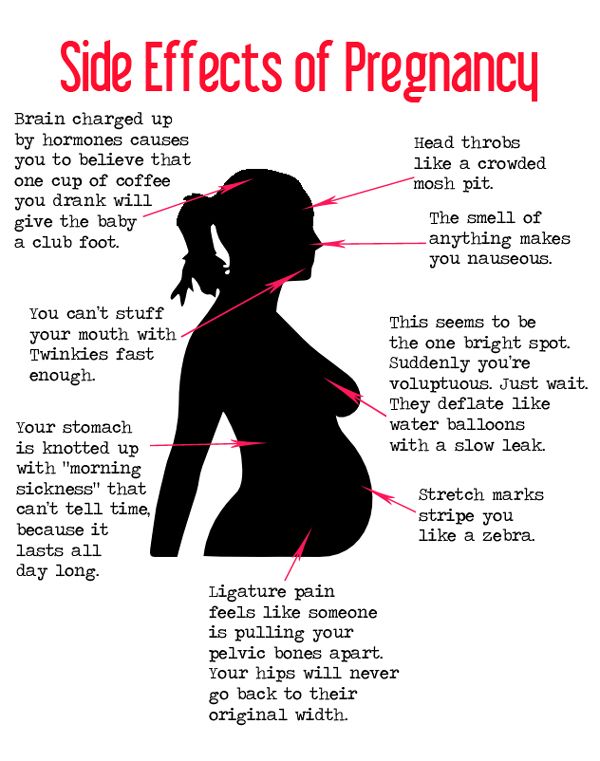
Metabolic rate
Basal or resting metabolic rate (RMR), the amount of energy the body expends while at rest, increases significantly during pregnancy. This is measured by the amount of oxygen used during periods of total rest. It helps estimate the amount of energy intake required to maintain or gain weight. Changes in metabolic rates explain the need to increase calorie consumption during pregnancy. The body of a pregnant woman slowly increases its energy requirements to help fuel the changes and growth taking place in both the mother and baby.
Metabolic rates increase substantially by just 15 weeks’ gestation and peak in the third trimester during the greatest growth phase. This increased metabolic rate may put pregnant women at a higher risk of hypoglycemia, or low blood sugar. Although the metabolic rate may drop slightly as the pregnancy reaches term, it remains elevated over prepregnancy levels for several weeks postpartum. It will remain elevated for the duration of breastfeeding in women producing milk.
Body temperature changes
An increase in basal body temperature is one of the first hints of pregnancy. A slightly higher core temperature will be maintained through the duration of pregnancy. Women also have a greater need of water during pregnancy. They can be at higher risk of hyperthermia and dehydration without caution to exercise safely and remain hydrated.
Hyperthermia – overheating during pregnancy
Heat stress during exercise creates concern for two reasons. First, an increase in the mother’s core temperature, as in hyperthermia, can be harmful to the baby’s development. Second, loss of water in the mother, as in dehydration, can decrease the amount of blood available to the fetus. This can lead to increased risk of preterm contractions.
In non-pregnant women, moderate aerobic exercise causes significant increases in core body temperature. Pregnant women, whether they exercise or not, experience a general increase in base metabolic rate and core temperature.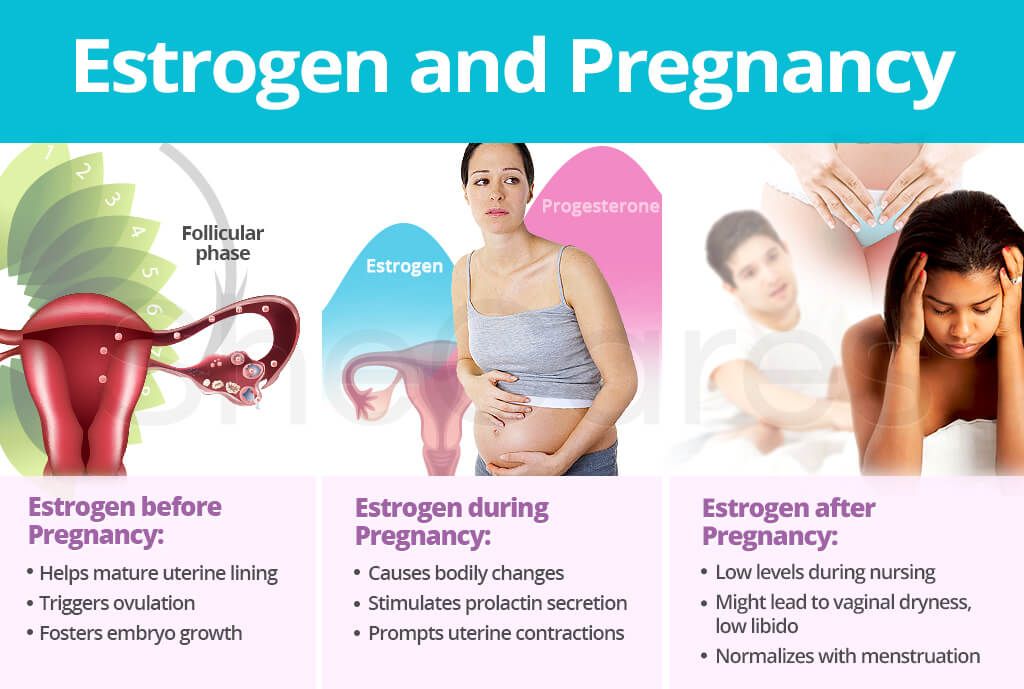 Pregnant women regulate their core temperature very efficiently. Increased blood flow to the skin and the expanded skin surface release increased body heat.
Pregnant women regulate their core temperature very efficiently. Increased blood flow to the skin and the expanded skin surface release increased body heat.
It’s been shown that pregnant women do not have as much of an increase in body temperature during exercise as those who are not pregnant. However, pregnant women should avoid exercising in non-breathable clothing and in very hot or humid conditions, since the impact of hyperthermia can be severe. The following may help reduce the risk of overheating while exercising:
- use fans during indoor activity
- exercise in the pool
- wear light-colored, loose-fitting clothing
Dehydration
Most women who exercise for 20 to 30 minutes or who exercise during hot and humid weather will sweat. In pregnant women, loss of bodily fluids from sweat can decrease the blood flow to the uterus, the muscles, and some organs. The developing fetus needs a constant supply of oxygen and nutrients carried through the blood, so injury may result from a lack of fluid.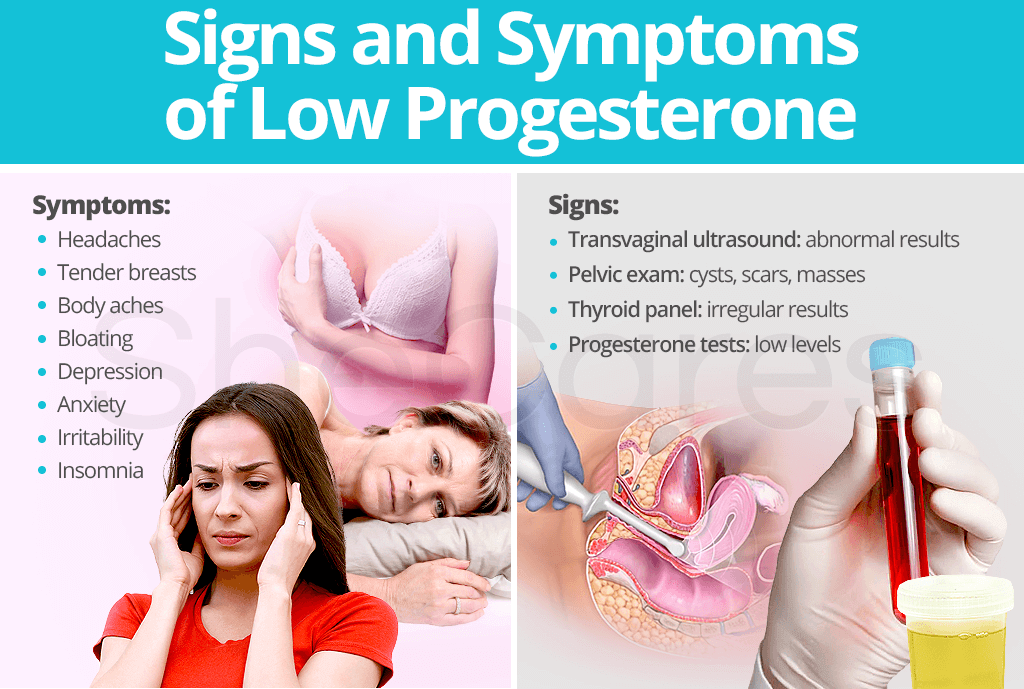
In most conditions, uterine oxygen consumption is constant during exercise and the fetus is safe. However, exercising can be dangerous for women with pregnancy-induced hypertension. That’s because this condition limits uterine blood volume as the vessels clamp down and deliver less blood to the area.
If you’re cleared for exercise during pregnancy, be sure to follow common-sense tips. Avoid excessive heat and humidity and rehydrate, even when you’re not thirsty.
False pregnancy in women | Symptoms, causes and how to track false sensations of pregnancy
Varvara
Mytishchi
A false pregnancy is a condition that is characterized by signs of pregnancy in its actual absence. This disorder is the result of self-hypnosis in women who passionately dream of a child, or, on the contrary, are afraid of pregnancy and childbirth. As a rule, a false pregnancy develops against the background of hormonal disorders and nervous diseases: neurosis, depression.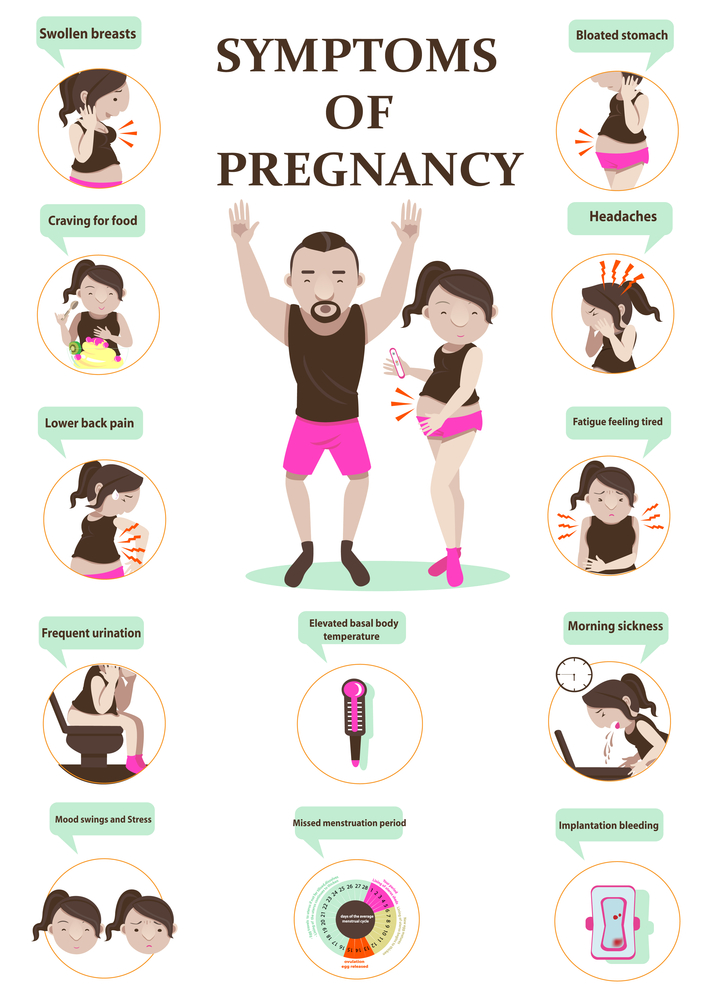 One of the most striking examples of the development of an imaginary pregnancy is the wife of Nicholas II, Empress Alexandra Feodorovna. After giving birth to four daughters who were not eligible for the throne, she was obsessed with the birth of an heir. For many months, the queen was sure that she was expecting a child, but this was not true.
One of the most striking examples of the development of an imaginary pregnancy is the wife of Nicholas II, Empress Alexandra Feodorovna. After giving birth to four daughters who were not eligible for the throne, she was obsessed with the birth of an heir. For many months, the queen was sure that she was expecting a child, but this was not true.
False pregnancy in women: symptoms
A false pregnancy is accompanied by signs characteristic of a normal pregnancy:
- a woman stops menstruating;
- mood swings are observed;
- mammary glands increase in volume and become painful;
- classic symptoms of toxicosis occur: food preferences change, nausea and vomiting appear;
- growing belly;
- woman feels fetal movements;
- colostrum is secreted from the breast.
These symptoms cannot be called far-fetched. A woman really feels the signs of pregnancy, and they arise due to changes developing in the body. So, for example, the stomach increases due to the growth of subcutaneous tissue, and "baby movements" appear due to constipation and gases.
So, for example, the stomach increases due to the growth of subcutaneous tissue, and "baby movements" appear due to constipation and gases.
False pregnancy in women: causes
The psychological state of a woman plays a large role in the appearance of false symptoms of pregnancy. There are various reasons that stimulate their development:
- the girl is sexually active and burdened by guilt;
- a woman has been unsuccessfully struggling with infertility for many years;
- a woman wants to have a baby to save her marriage;
- a widowed woman;
- a couple is experiencing the death of a child;
- a close friend or relative is pregnant;
- a woman is terrified of childbirth.
In some cases, the psychological factor turns out to be secondary. Physiological causes are leading.
- Hormonal failure. Violations in the endocrine system can lead to amenorrhea - the disappearance of menstruation for six or more months.
 Against the background of this symptom, a woman can convince herself of the onset of pregnancy.
Against the background of this symptom, a woman can convince herself of the onset of pregnancy. - Tumors in the pelvic organs. They can also cause menstruation to stop and obsessive thoughts about the upcoming birth of a child.
In both cases, specialists observe disturbances in the functioning of the central nervous system and hormonal imbalance. In a false pregnancy in women, the level of follicle-stimulating hormone and prolactin increases, and the levels of luteinizing hormone decrease.
How long does a false pregnancy last?
An imaginary pregnancy can last 3-4 months. In exceptional cases, it is delayed up to 7 months, but on condition that the woman refuses to diagnose her condition.
Modern methods for determining pregnancy allow you to confirm or refute a woman's suspicions in a matter of minutes. Pregnancy tests are very popular. They are sensitive to human chorionic gonadotropin (hCG), a hormone that begins to be actively produced from day 2 after implantation of a fertilized egg.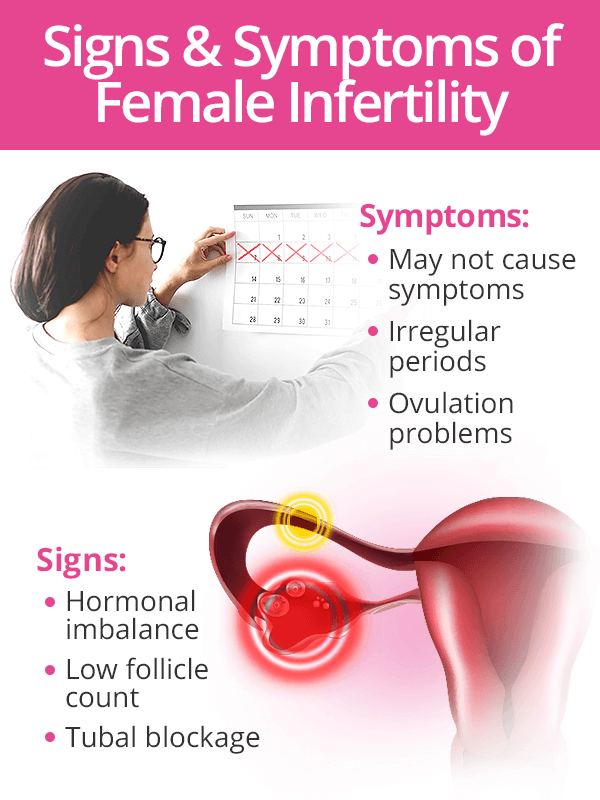 However, in some cases, pregnancy tests are false positive. Errors happen:
However, in some cases, pregnancy tests are false positive. Errors happen:
- if the test is defective;
- if, after a recent termination of pregnancy, embryonic tissue remains in the uterus;
- if the woman is taking fertility drugs containing hCG;
- if the woman has tumors (hydatidiform mole or uterine chorionepithelioma).
For a more accurate diagnosis, it is advisable to contact a gynecologist. The standard list of studies includes:
- Gynecological examination. Objective signs of pregnancy are already visible at 5-6 weeks. The uterus increases in size, and its body softens. The hue of the mucosa also changes - it becomes cyanotic (cyanotic).
- Blood test for hCG. Laboratory research eliminates the error. With the help of the analysis, you can find out the concentration of hCG and the exact gestational age.
- Ultrasound diagnostics. Allows you to detect pregnancy, starting from 3-4 weeks.
If the cause of a false pregnancy is a psychological disorder, the absence of pregnancy may come as a shock to the woman. Therefore, during the consultation based on the results of the examination, the doctor should show maximum tact. The imaginary pregnant woman must understand and accept the fact that she is mistaken. After that, the false sensations of pregnancy should disappear. If this does not happen, the help of a psychologist or psychiatrist may be required.
Therefore, during the consultation based on the results of the examination, the doctor should show maximum tact. The imaginary pregnant woman must understand and accept the fact that she is mistaken. After that, the false sensations of pregnancy should disappear. If this does not happen, the help of a psychologist or psychiatrist may be required.
If the symptoms of a false pregnancy are provoked by physiology, a woman needs to undergo an additional examination and find out the exact cause of her condition. In case of hormonal imbalance, experts recommend a course of treatment with combined oral contraceptives (COCs). They normalize the level of hormones in the blood and the menstrual cycle.
Can a false pregnancy be repeated? In the vast majority of cases, this condition does not relapse. A pregnancy that occurs after a false pregnancy, as a rule, turns out to be real.
Topics:
health pregnancy false pregnancy combined oral contraceptives (COCs)
First signs of pregnancy before delay, early symptoms
Significant hormonal changes occur during pregnancy. This causes a number of symptoms. Some women experience pregnancy symptoms right away, while others may only have a few. O the first signs of pregnancy at an early stage and when exactly the initial signs of pregnancy appear are described in the article.
This causes a number of symptoms. Some women experience pregnancy symptoms right away, while others may only have a few. O the first signs of pregnancy at an early stage and when exactly the initial signs of pregnancy appear are described in the article.
At what time do the first signs of pregnancy appear
The answer to the question of when the first signs of pregnancy appear is rather ambiguous, because some women do not feel any signs at all during the first few weeks. At what week do the first signs of pregnancy appear in others? When do the first signs of pregnancy appear after conception? Symptoms of very early pregnancy (such as breast tenderness) may appear before a missed period, as early as six to seven days after conception, while other early signs of pregnancy (such as spotting) may appear about a week after ovulation. We will tell you more about the first signs of pregnancy before menstruation and when the signs of pregnancy appear.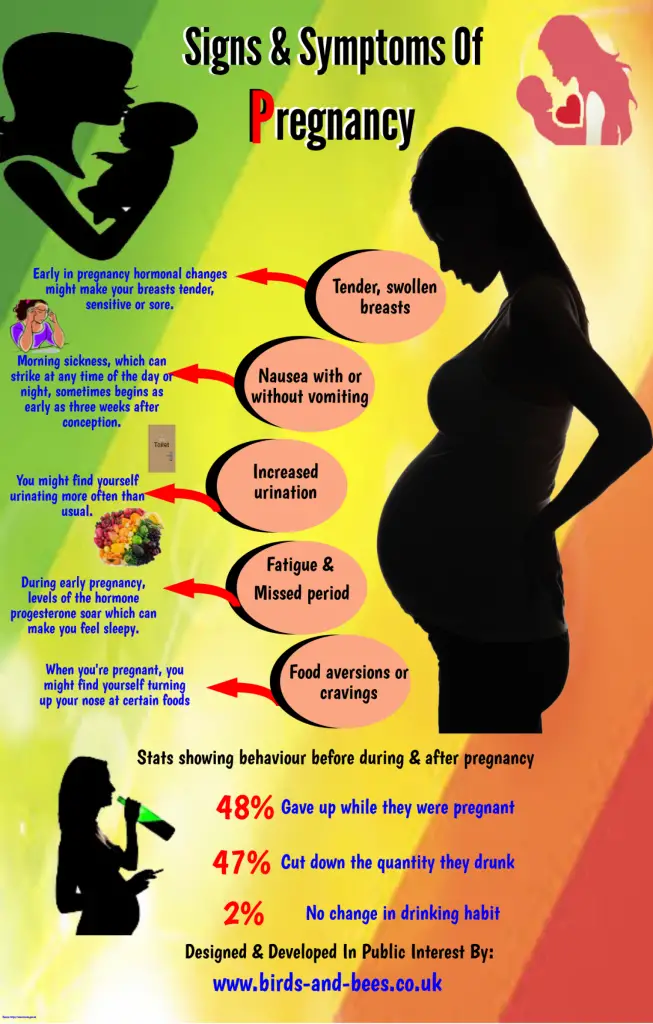
What are the earliest signs of pregnancy?
The first signs of pregnancy in the early stages:
- delayed menstruation - 29%;
- nausea - 25%;
- mood swings - from 14 to 23%;
- breast changes - 17%;
- pain in the lower abdomen - 15%;
- depression - 15%;
- fatigue, drowsiness - 13%
- decrease in immunity - 6%;
- the first signs of pregnancy - discharge or implantation bleeding - only 3%.
Physiological first signs of pregnancy
What are the very first symptoms of pregnancy?
The most common physiological signs of pregnancy include:
- Tender and enlarged breasts. Signs of pregnancy in the first days after conception include breast changes (1-2 weeks after conception). The area around the nipples, called the areola, may also darken.
- Drowsiness and fatigue.
 Fatigue is also among the signs of pregnancy in the first days after conception. During early pregnancy, levels of the hormone progesterone rise dramatically, which can cause drowsiness.
Fatigue is also among the signs of pregnancy in the first days after conception. During early pregnancy, levels of the hormone progesterone rise dramatically, which can cause drowsiness.
- Nausea with vomiting. When do these signs of pregnancy appear? Morning sickness, which can appear at any time of the day or night, often appears between the second and eighth weeks after conception.
- Dizziness and fainting . This may be due to dilation of blood vessels, lowering blood pressure and blood sugar levels.
- Spasms. Some women experience symptoms of pregnancy in the early days, such as mild uterine cramps.
- Headaches and back pains. Many pregnant women complain of frequent headaches, while others experience back pain.
- Insomnia - another first sign of pregnancy before the test.
 Causes can include stress, physical discomfort, and hormonal changes.
Causes can include stress, physical discomfort, and hormonal changes.
- Change in taste preferences. Like most other symptoms of pregnancy, these eating habits can be attributed to hormonal changes.
- Temperature. Early signs of pregnancy include fever (37-37.5).
- Delayed menstruation. How long does it take for the first signs of pregnancy to appear? If you are of childbearing age and a week or more has passed without your expected period, you may be pregnant. However, this symptom can be misleading if you have an irregular menstrual cycle.
- Bloody discharge - early signs of pregnancy . This bleeding, known as implantation bleeding, occurs when a fertilized egg attaches to the lining of the uterus, approximately 10 to 14 days after conception.
- Bloating, heartburn. Hormonal changes can cause problems with the stomach and esophagus - these are common signs of pregnancy at 2 weeks.
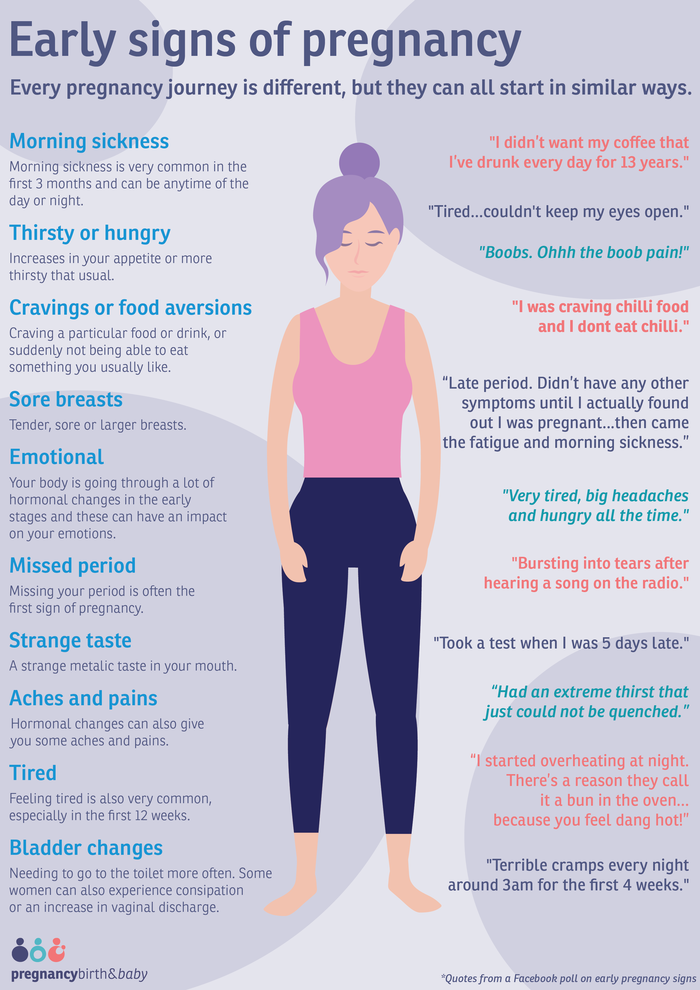
- Constipation . Hormonal changes cause the digestive system to slow down, which can lead to constipation (signs of pregnancy after a delay).
- Frequent urination. You may urinate more than usual, which is a common sign of pregnancy at 5 weeks. During pregnancy, the amount of blood in the body increases, causing the kidneys to process excess fluid that enters the bladder.
- Runny nose. The appearance of this symptom is associated with excessive production of the hormone estrogen.
- Exacerbation of chronic diseases. This is a sign of pregnancy after ovulation.
- Increased salivation. Also associated with hormonal changes.
- Sense of smell enhancement . Signs of pregnancy in the first two weeks may cause sensitivity to certain smells and the sense of taste may change.

Emotional first signs of pregnancy
The first signs of pregnancy before delay (earliest signs of pregnancy) include psycho-emotional symptoms.
- Mood swings.
- Irritability.
- Vulnerability, tearfulness.
- Capriciousness.
- Depression.
These are all emotional signs of early pregnancy that many women report. They describe feelings of heightened emotion or even bouts of crying, which are associated with rapid changes in hormone levels in the body. Also, signs of pregnancy at week 4 can make you feel PMS-style cranky. In addition, about 15% of women suffer from depression or anxiety during pregnancy. And after childbirth, these conditions suffer even more. In this case, it is better to seek help from a doctor.
Do everything you can to improve your mood: get plenty of rest, eat well, get enough sleep, do things you love, and pamper yourself.
However, be aware that mood swings can be caused by a number of conditions other than pregnancy.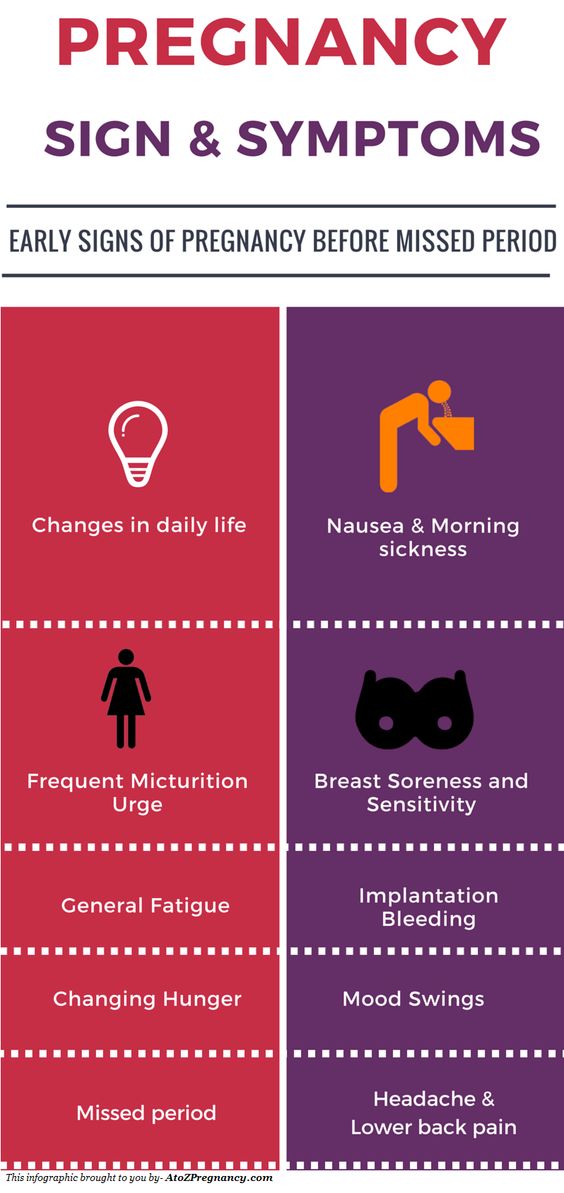
Influence of early pregnancy on daily routine
Early signs of pregnancy, mainly those that bring discomfort, may cause a change in daily routine. Here are some tips on what you can do with some of them:
- In case of toxicosis, avoid too hot or too cold food - this provokes an attack of vomiting. Eat often - at least 5-6 times a day, but in small portions.
- For nausea or vomiting, try ginger, chamomile, or vitamin B6.
- Drink plenty of water, in small sips between meals, to replenish lost fluids. Teas, juices, fruit drinks are also suitable.
- For back pain, wear shoes or shoe insoles designed for pregnant women and avoid high heels. Sleep on a firm mattress.
- For chest discomfort, wear a special bra that supports your enlarged breasts.
- For constipation, eat more fiber-rich foods such as wheat bran and fresh vegetables and fruits.
- If you suffer from headaches and mood swings, try stress reduction techniques such as yoga or meditation.

- Get outdoors more often, at least half an hour a day. This helps to reduce the symptoms of toxicosis, calm the nervous system.
- Maintain daily physical activity for as long as you feel comfortable doing certain activities.
- Eat a balanced diet with enough protein, fat and carbohydrates.
Important! All these tips are advisory in nature, be sure to consult your doctor if you encounter discomfort.
What to do if you find early signs of pregnancy
To make sure the signs of pregnancy are accurate, you can use the following methods to diagnose early pregnancy:
- Donate blood for hCG. This method can be used a few days after conception. This type of pregnancy test is done using a small sample of blood that is analyzed in a hospital. It determines whether there is a pregnancy hormone in your body and in what quantity. Its accuracy is 99%.
- Use test strip. It can be used at home from the first days of delay.

